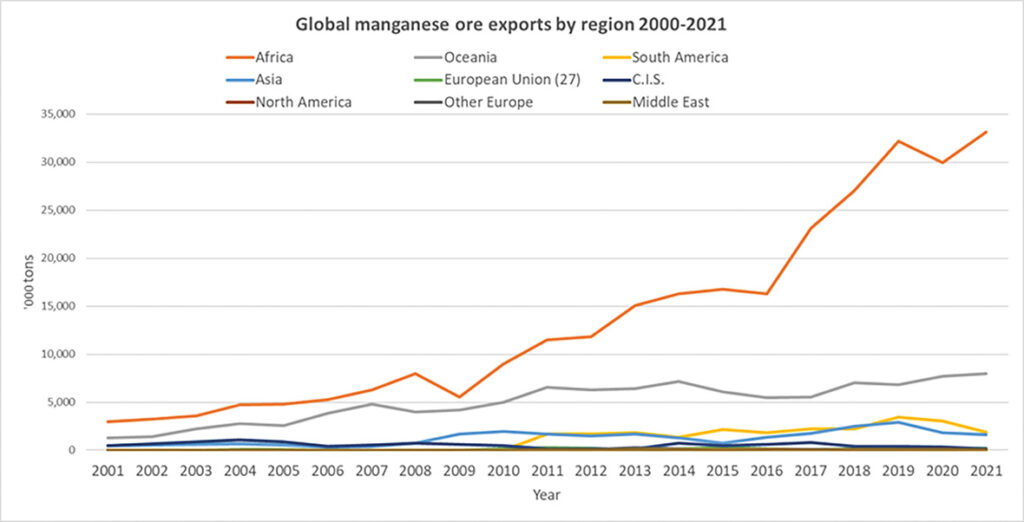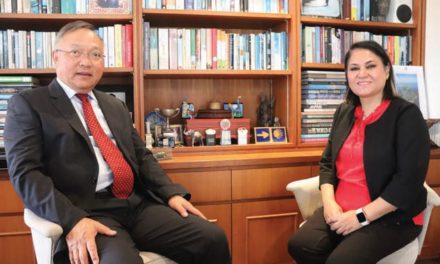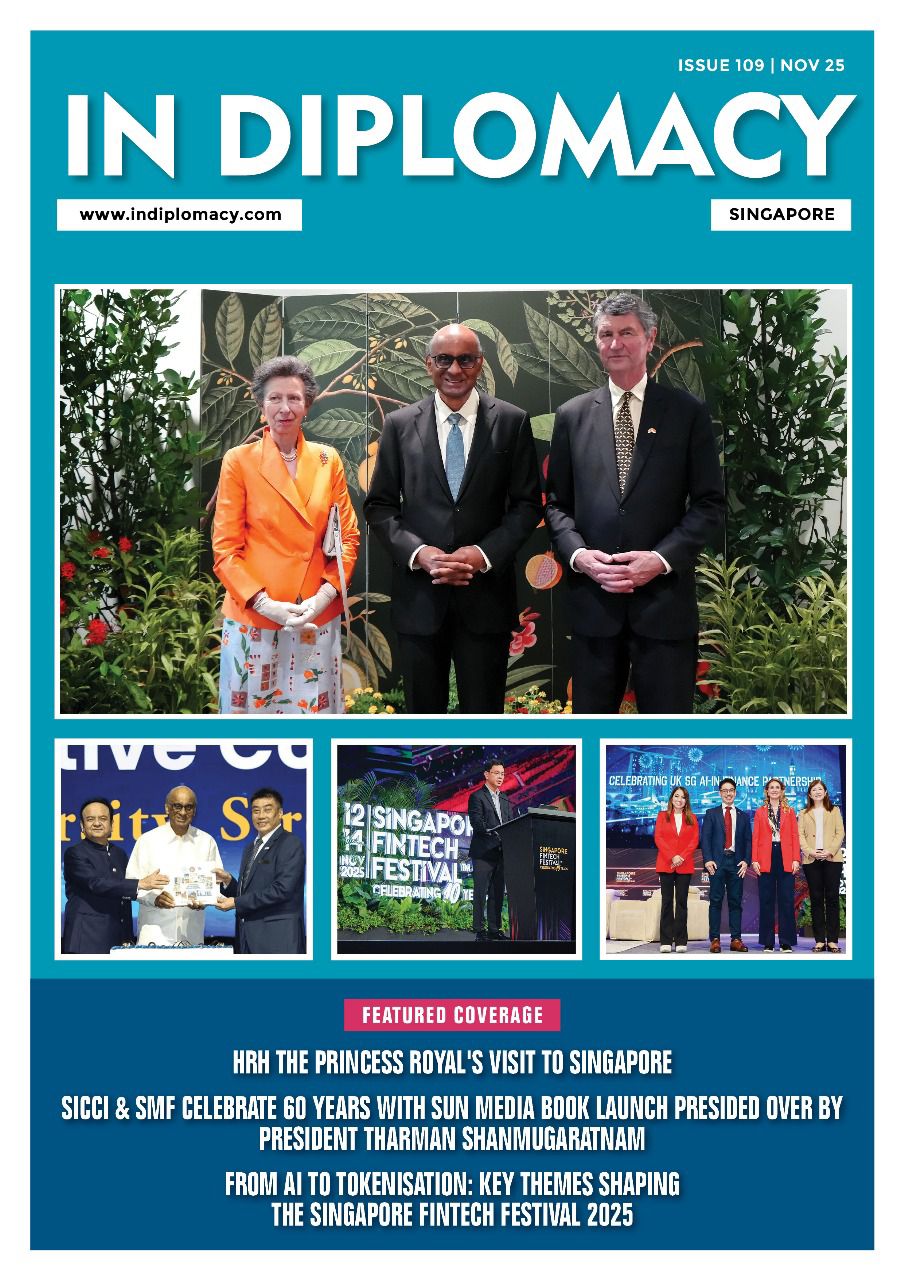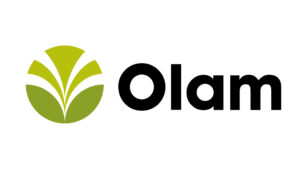
A mineral of the future, manganese is playing a key role in industry evolution and sustainability and South Africa is the world’s largest exporter of manganese ore
IN the heart of Africa lies a treasure trove that fuels global industries and economic growth – the rich reserves of manganese. At the forefront stands South Africa, a titan in the mining realm renowned for its gold and diamonds, but notably, a dominant force in the manganese industry. With over 70 minerals under its belt, the country has solidified its position as a key mining force, boasting the largest proven manganese reserves on the planet.
Despite challenges in logistics, South Africa and other African nations have seen an upward trajectory in their manganese exports, contributing significantly to the global supply chain. The sector beckons international logistics players to join hands, presenting an avenue ripe for innovation and creative solutions. Companies adept at constructing rail corridors, managing ports, and enhancing infrastructure find themselves pivotal in optimizing the manganese supply chain, riding the wave of Africa’s growth.
Dominance
Manganese isn’t just a mineral; it’s the beacon of future industries. Its demand surges, especially with the global shift towards electric vehicles, it is critical component in the production of lithium-ion batteries and various green power alternatives. The Northern Cape emerges as the global epicenter of manganese production, marking its dominance on the world stage.
Yet, amidst this prosperity, leaders like Mr Saki Macozoma, the Chairman of Ntsimbintle Holdings, the founder and largest investor in the Tshipi é Ntle mine, stress the importance of nurturing skilled manpower to meet escalating demands and maintain industry leadership. Mining companies are not solely harnessing natural resources; they invest extensively in human resource development and their communities to secure Africa’s foothold in this lucrative sector.
Africa’s narrative in the global mining domain is evolving. It’s not just about extraction; it’s about sustainable growth, innovation, and harnessing the potential of its resources to shape a thriving future.
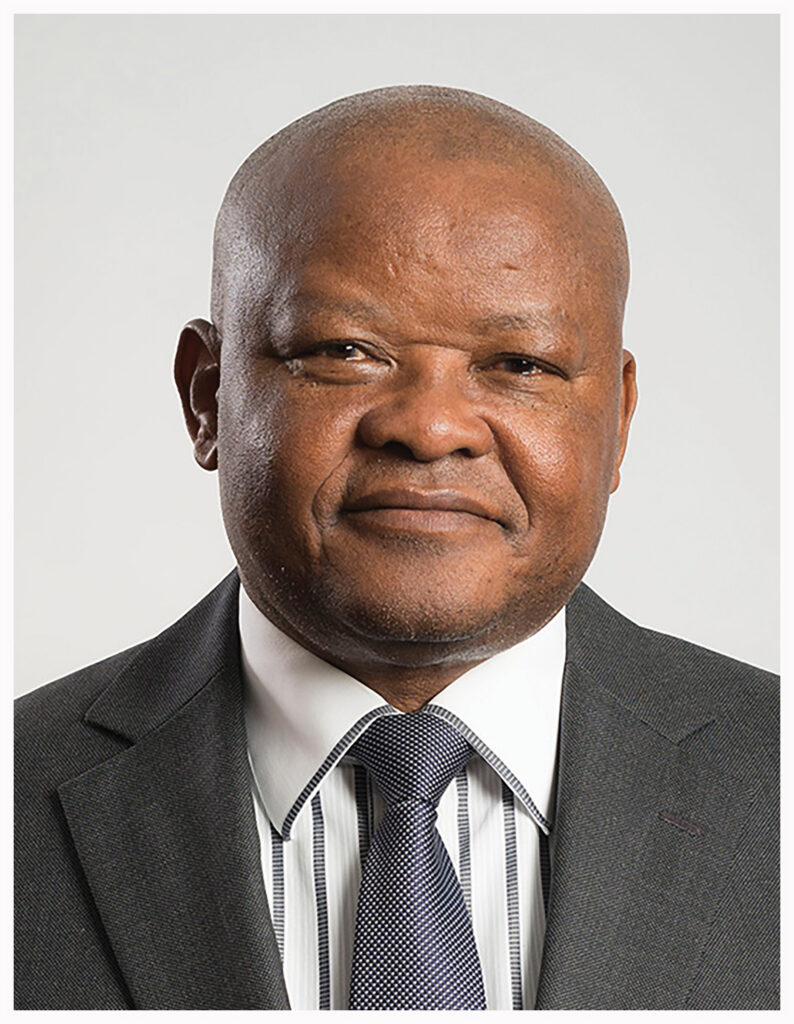
In his address to the Fastmarkets Conference held in Singapore in April this year, the Chairman of Ntsimbintle Holdings Mr Saki Macozoma said that beyond logistics, he anticipated the following improvements will take place in the mining environment in South Africa and the African continent:
- Improvement of the mining policy environment in most jurisdictions of the continent.
- Focus on secure and affordable energy for mining complexes
- The intelligent use of renewables as technologies and costs improve.
The Chairman of Ntsimbintle Holdings with an extensive manganese portfolio expressed his confidence at the Conference and concluded that South Africa is prepared, despite any current constraints, to supply the world with manganese ores and products, sustainably and at reasonable cost for many years to come.
Exports Continue to Grow
While manganese ore output is declining in many parts of the world, exports from Africa have grown relative to the rest of the world. In 2021 South Africa exported 21.3 million tons (Mt), Gabon 7.6Mt and Ghana 2.9Mt. Africa accounting for 73% of 45 Mt exported globally. South Africa and Gabon supply approximately 65% of the world’s manganese.
In 2022, growth from Gabon and South Africa has been quite significant. South African exports grew from 16.3Mt in 2019 to 21.6Mt in 2022.
Logistics Innovation Has Driven Export Growth
Despite the challenges and constraints presented by current logistical bottlenecks relatively speaking the country’s logistics costs are still less compared to major competitors such as Australia and Gabon.
To meet the logistical challenges faced by the industry in South Africa, companies like Tshipi have, since 2012, created innovative logistics solutions such as:
- Using skiptainers that can be put on flat bed train wagons, thus utilizing idle Transnet infrastructure.
- Using rotary spreaders to increase vessel loading times.
- Opening up new channels with Transnet: Newcon and Bloemfontein rail channels, and Cape Town as an export port option.
Structural Changes Supporting Exports
Looking beyond the innovations, there are structural changes taking place to support the exports of manganese ore and products from South Africa and the Continent.

Mr Keith Saffy, the CEO of Ntsimbintle Marketing and Trading , the Singapore-based arm of South Africa’s top mining company, said there are several other developments in the pipeline to boost exports to meet the rising demand of manganese to the world.
He said, “The first and most obvious things that are being done are the investments in the rehabilitation of rail corridors so that they can sustain this export growth.” He also revealed that new export channels are also being created and used and a good example of this is the Lüderitz channel in Namibia. In addition, he said “In South Africa, new capacity on rail and ports is also possible as the export of other bulk commodities such as iron ore and coal decline.”
Mr Saffy also added, “Other factors are the increases and improvements in port efficiency e.g. improved shore loading infrastructure to allow the use of larger vessels. This includes new infrastructure being built using public and private capital such as the proposed new terminal to be built at the port of Ngqura with private capital.”
The manganese story in Africa is not merely in the earth but in the ambition and determination of its people, forging a path towards economic prosperity while embracing sustainability and progress.
